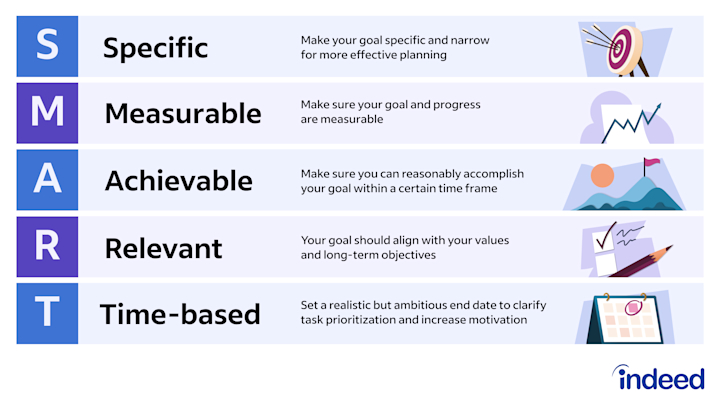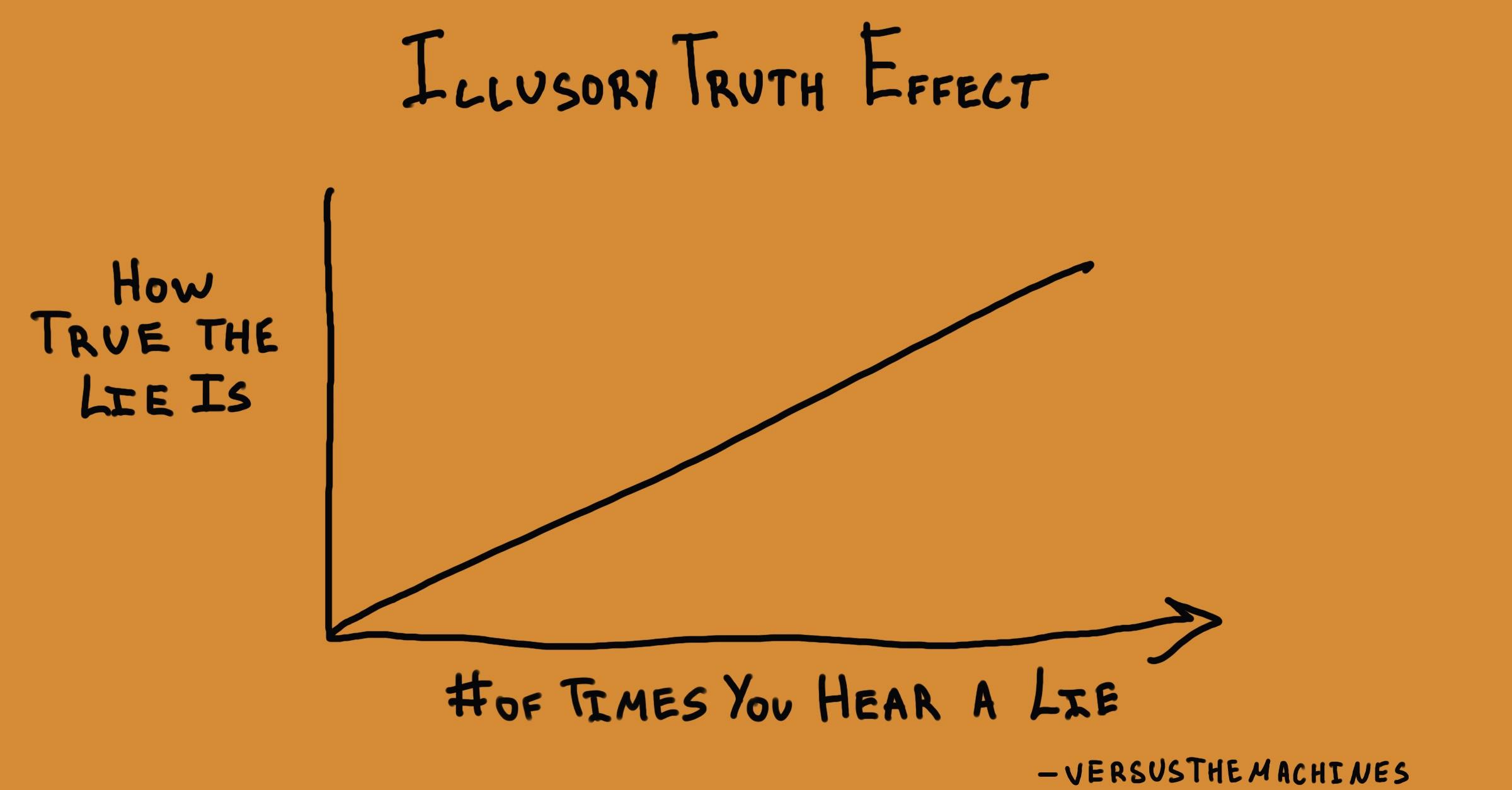Alright, buckle up, folks, ’cause I’m about to spill the beans on my little experiment with something I’m calling “3 answer.” It’s a bit rough around the edges, but hey, that’s what learning’s all about, right?

So, the idea popped into my head when I was wrestling with a particularly stubborn problem at work. I was stuck, bouncing around different ideas, and generally feeling like I was chasing my tail. I thought, “What if I forced myself to come up with three distinct potential solutions, no matter how crazy they might seem?” That’s where “3 answer” was born.
First things first, I grabbed a notepad (yeah, I’m old school like that) and wrote down the problem in big, bold letters. Then, I drew three boxes underneath it. The rule was simple: fill each box with a viable (or at least somewhat viable) solution. No judging, no overthinking, just three different approaches.
The initial solutions were… let’s just say they weren’t all winners. One was actually pretty solid and practical. The second was a bit of a reach, involving some tech I wasn’t super familiar with. And the third? Well, it was bordering on ridiculous, but hey, I promised myself no judgment!
Next, I spent a little time fleshing out each idea. I jotted down the pros and cons, the potential roadblocks, and the resources I’d need. This is where things got interesting. That “ridiculous” solution? It actually sparked a new line of thinking that I hadn’t considered before. It wasn’t directly usable, but it opened up a completely different perspective on the problem.
After a few hours of digging and tweaking, I ended up combining elements from all three “answers” into a single, surprisingly effective solution. The practical one gave me the foundation, the “reach” solution pointed me to some new tools, and the “ridiculous” one helped me think outside the box.

Here’s the breakdown of what I actually did:
- Defined the problem: Wrote it down clearly and concisely. No ambiguity allowed!
- Brainstormed 3 answers: Forced myself to come up with three distinct solutions, no matter how silly.
- Evaluated each answer: Pros, cons, resources, roadblocks – the whole shebang.
- Iterated and combined: Looked for common threads and ways to merge the best parts of each solution.
The results? I solved the original problem, learned a few new things along the way, and discovered a new way to approach problem-solving. “3 answer” isn’t a magic bullet, but it’s a handy tool to have in your back pocket when you’re feeling stuck.
So, there you have it. My “3 answer” experiment. Give it a try sometime. You might surprise yourself with what you come up with.
